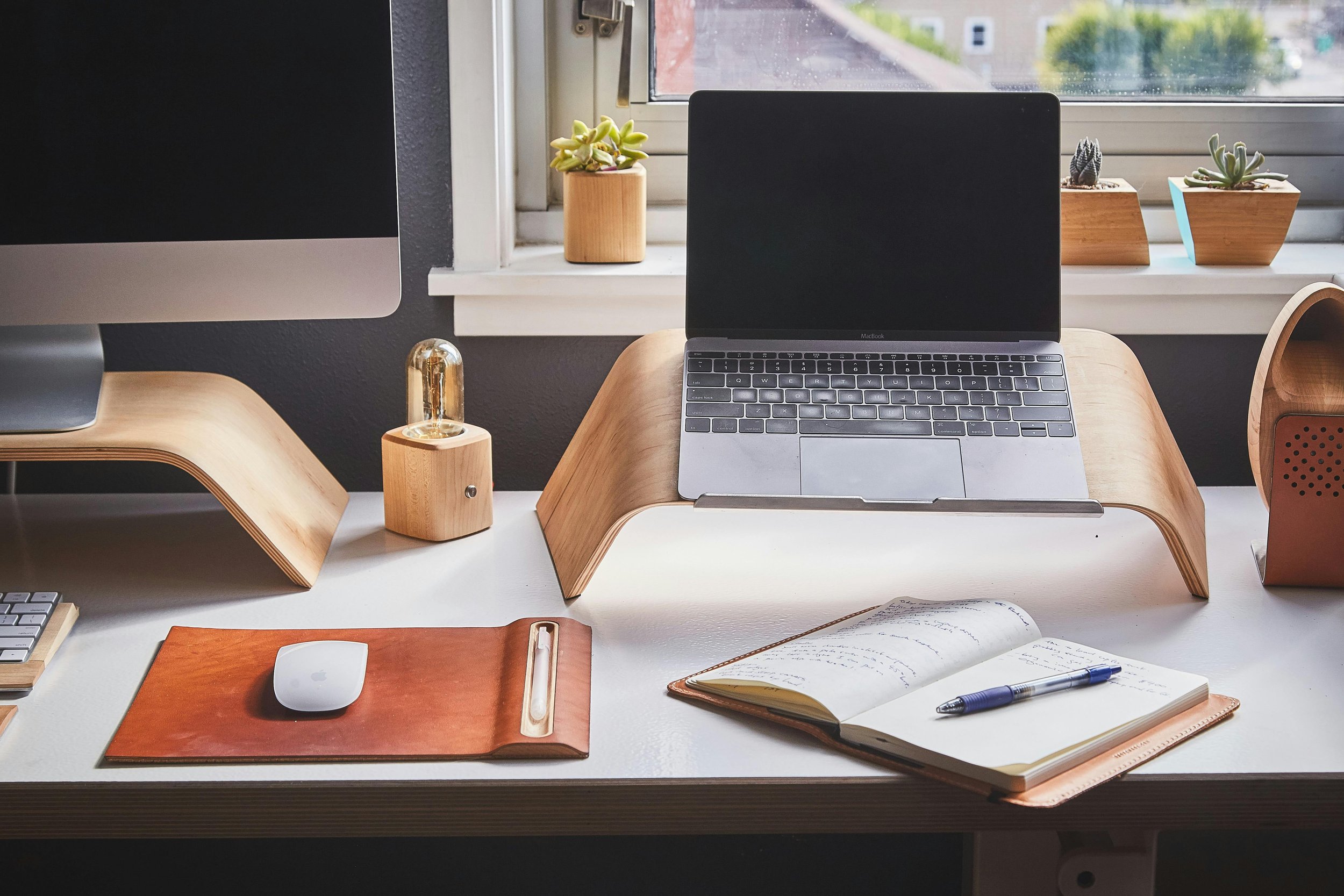The Ultimate SEO Guide for Digital Artists
As a digital artist, creating amazing artwork is just one part of your journey. The next step is getting your work seen by the right people. That's where SEO (Search Engine Optimization) comes in. SEO helps search engines like Google find your blog and show it to people who are looking for art or information related to your style.
This article is part of a series dedicated to the ins and outs of blogging for digital artists. You’ll find links to the next steps in your journey, whether it’s deciding what to write about, monetizing your blog, or building an audience.
In this article, we’ll walk you through the basics of SEO and share practical tips on how to make your blog discoverable online. By the end, you’ll have the knowledge to improve your visibility and attract more visitors, which could turn into followers, customers, and commissions!
Why SEO Matters for Digital Artists
SEO isn’t just for big businesses or tech companies. It's essential for digital artists, too. If you want people to find your blog, learn about your process, or buy your artwork, you need to be discoverable. Optimizing your blog for search engines increases your chances of ranking higher on search results, meaning more people will come across your work.
But how do you do this? The key is understanding three things: keywords, meta tags, and image optimization.
1. Keywords: The Foundation of Your Blog’s SEO
Keywords are the words or phrases people type into Google when they search for something. For example, if someone is looking for “creating 3D art on Blender tutorial,” that’s a keyword you’d want to target.
How to Find Keywords:
Think about what your audience might search for. Think about what you were searching for when you first started creating digital art.
Use tools like Ahrefs, UberSuggest, or Pinterest Trends to discover trending keywords in your niche.
Pay attention to search terms that reflect your style, technique, or the specific tools you use (e.g., “AI art,” “3D modeling,” “pixel art”).
Long tail keywords, meaning “creating photorealistic AI art using Midjourney” instead of “AI art” is a good idea to target as a new blog as the former would have less competition.
How to Use Keywords:
Add keywords to your blog titles and headings.
Include keywords naturally in your content. But don’t stuff them in; make sure your writing still flows. For example, instead of saying “it will look beautiful on your phone,” you could say, “these floral wallpaper designs will look beautiful on your phone.”
Use keywords in your image alt text (more on that in a minute).
Create an About page and include your keywords.
If you’re linking to an external website, use an anchor text like “Check out my Etsy shop for digital art prints” instead of putting the long form link.
2. Meta Tags: A Quick SEO Boost
Meta tags are like mini-descriptions of your blog posts that appear in search engine results. They help both search engines and readers understand what your post is about.
How to Use Meta Tags:
Each blog post should have a meta title (the title that appears on search engines) and a meta description (a brief summary of the content).
Include your target keyword in both the meta title and description.
Keep it concise: meta titles should be under 60 characters, and meta descriptions under 160 characters.
3. Image Optimization: Get Your Art Noticed
As a visual artist, your images are a big part of your blog. Optimizing them for SEO ensures they show up in image search results and don’t slow down your website.
How to Optimize Your Images:
File Name: Instead of using a generic name like “IMG_1234.jpg,” use descriptive filenames like “digital-art-procreate-tutorial.jpg.”
Alt Text: This is a description of your image that search engines can read. For example, “A tutorial showing how to create digital art using Procreate on an iPad.” Use keywords here too, but don’t overdo it.
Image Size: Large images can slow down your blog, which affects SEO. Try to keep them under 5MB without sacrificing quality.
4: Set Up Google Search Console
Verify your website in Google Search Console for free. This tool lets you see which keywords your pages rank for, how much traffic each post gets, and from which countries or types of device. It’s very useful to understand your site’s performance.
Bonus Tips:
Link Internally: Link to other blog posts within your website to keep visitors engaged and improve SEO.
Update Old Content: Keep older posts fresh by updating them with new keywords, tips, or images.
Mobile Optimization: Ensure your blog looks great on mobile devices, as search engines favor mobile-friendly sites.
Start Optimizing for SEO Today
By optimizing your blog for SEO, you’ll make it easier for search engines to find and rank your content, which means more exposure for your digital art. Remember, SEO is an ongoing process, so be patient and stay consistent.
Ready to Start?
If you're ready to make your blog more discoverable, here’s how to take the first step:
Choose a niche that reflects your strengths and passions. Dive deep into it and create content that shows Google (and your audience) you’re an authority in your field.
Create valuable content that not only showcases your art but also helps and inspires your audience. It’s not just about being found — it’s about keeping visitors happy with what they’ve found.
Set up income streams to turn your blog into a profitable venture. More traffic means more ad revenue, affiliate marketing opportunities, and potential to sell commissions or products.
Need more guidance? Check out these helpful resources to get started:
Let’s get your art and blog the visibility they deserve!

















![Poster Design “[746] I am trapped in my visions…” by @yaojadzn
Darren Yao is a multidisciplinary designer based in Brooklyn, New York. For him, design is more than just creating — it’s about collaboration, connection,](https://images.squarespace-cdn.com/content/v1/63b2fdbe4376de5bfdc6771f/1743166562565-JBQ4W255EA5L7ZTSOF8F/image-asset.jpeg)